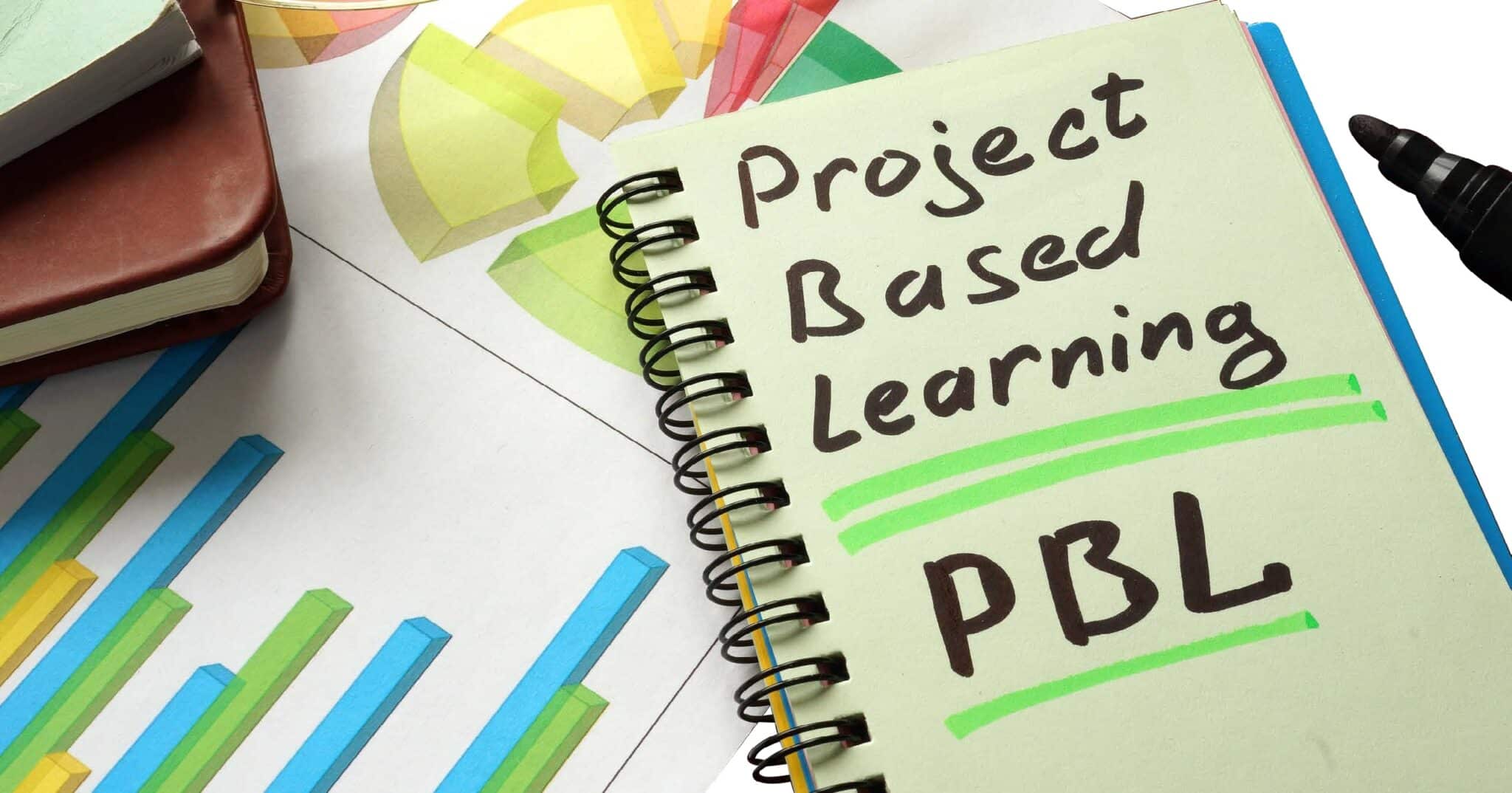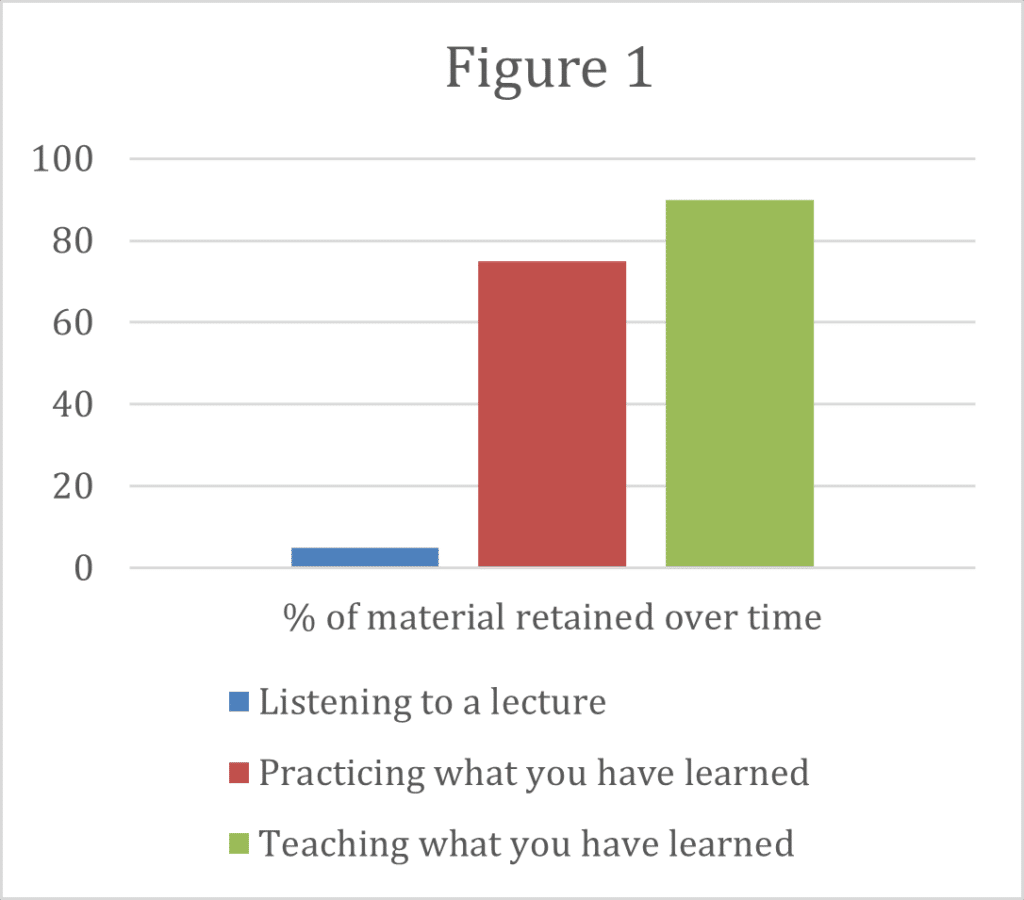
Yom Yerushalayim
August 20, 2020
Project-Based Learning: Start Here
March 1, 2021by Rabbi Yerachmiel Kalter
When thinking of Project Based Learning (PBL), a few images come to my mind. One of them is of grape juice. In 6th grade, I did a science fair project about the process of making grape juice. I spent hours in the library researching how to make grape juice, made some grape juice (it actually fermented and turned into wine), made a beautiful display board, presented, watched the parade of parents smile and nod their heads, and I even got a great grade on it. Wonderful! Afterward, I couldn’t help but feel what a waste of time it was. What did I learn? What did I know afterward that I didn’t before I started the project? Whatever I put together probably could have been done in an afternoon’s work. Squish grapes, catch the juice, print up some pictures of grapes, and write up a report. What was the point of spending hours on such a project.
Another image that pops into my head is hearing a famous comedian poking fun at the classic solar system science fair project. “Timmy can barely zip up his own pants, yet he managed to create an entire solar system! His parents are backing it up into school on a flatbed truck. Timmy keeps telling everyone, “The big yellow one is the sun!” What did Timmy learn? That his parents won’t let him fail? If it looks nice, it must be a good project? Did he not know before the project started that the sun was big and yellow? What knowledge did Timmy gain from the three weeks or so of his work on the Science Fair?
It doesn’t take a lot of scrutinizing to see these projects fail to impress, have little educational value, and are probably a waste of valuable instruction time that could have been spent actually learning. To discover the beauty of PBL and to maximize what it has to offer, it’s crucial to analyze the shortcomings and debunk some of the misconceptions surrounding it. As an administrator, I find the greatest resistance teachers have towards implementing PBL is based on their misconceptions about it. They also often don’t understand how to address its potential shortcomings. Thus, they throw out the proverbial baby with the bathwater.
Let’s take a look at a few of the common misconceptions:
Misconception #1: PBL is all about making something, and hands-on learning.
Fact Check: PBL is often focused on creating hands-on learning, but that’s not what is all about or why it is an impressive learning tool. In fact, it doesn’t even always need a traditional project element (think diorama). It is about a child discovering real learning on their own with minimal guidance. It is about shifting the path of learning from a model of teacher to student, to one of student to self.
For PBL to succeed it needs to be about creating a learning environment where students can sink their teeth deeply into a subject on their own and present their findings to their peers. Oftentimes, the presentation element has a hands-on learning component to it, but that isn’t what it’s all about.
Misconception #2: PBL isn’t standards-based, and only incorporates “softer” skills such as art.
Fact Check: In well-designed projects, students gain content knowledge and academic skills as well as learn how to solve problems, work in teams, think creatively, and communicate their ideas.
For PBL to succeed rubrics and standards are a must to guide and keep students on track. Creating metrics, standards, and assessments are all important in a PBL unit to document evidence of achievement and for a student themselves to know if they are progressing or stagnating within the framework of the project.
Misconception #3: PBL takes too much time.
Fact Check: While it may be true that you will not speed through a parsha in Chumash during a unit, well-designed PBL uses every minute, and has students consistently engaged.
For PBL to succeed students need to understand that there are deadlines and guidelines. There are smaller steps involved in creating a solid larger presentation. PBL works best when each step has its own timeline (which we will discuss later.)
Benefits of PBL
- Retention of information: When looking at the comparison of learning retention (Figure 1) we see that teaching others has the highest rate of retention of information – that’s why you know all the answers to your tests. Even students who don’t do a good job on the presentation will fall into the 75% retention area with PBL through practicing what they have learned. Compare that to the 5% retention of material from a lecture, and you can quickly see how PBL becomes a valuable learning experience.
- Students own their learning: In the classic classroom, the teacher presents information and students are to follow and retain it. If the teacher fails or doesn’t teach to the student’s learning style, the students don’t learn. In PBL, a student is made to feel they control their own learning destiny. The sky’s the limit. Work hard and you can learn a ton. The enthusiasm and excitement for learning that follows once a child realizes it is up to them and they are in the driver’s seat is impressive. I have seen this work amazingly well for ADHD students in particular (why, exactly, we’ll leave to discuss another time.)
- Students learn the art of presenting ideas: One of the biggest benefits I have found from PBL is presentation skills. Imagine a confident executive presenting his ideas at a board meeting. In my mind, this is the greatest 21st-century skill we can teach children as it has become so crucial in the workplace and won’t phase out because of some newer enhanced technology. The art of presenting ideas to peers in a clear coherent fashion is one that needs to be taught, honed, and perfected. PBL is fertile ground for learning that. I personally have seen shy and hesitant students become confident presenters within a few presentations. (More on this later.)
- Every student can maximize his/her achievements: A well-built PBL unit will have the opportunity for students to keep digging deeper and add to their cluster of knowledge on their own level. A weaker student can accomplish “Y” while another can get to “Z”.

Implementing PBL in the Kodesh Classroom
Begin with the Driving Question or Essential Question: In short, essential questions are deep, fundamental, and often not easy-to-answer questions that guide students’ learning. Essential questions stimulate thought, provoke inquiry, and act as a guide throughout the project. For example, if you wanted to do a unit on chessed (for the pesukim of Avraham feeding the malachim) you can ask: Of all middos, what about chessed/kindness do you think prompted Avraham to make that his hallmark attribute? This question does not have a clear-cut answer but still should lead a child on to discover all about the middah of chessed.
Begin with a clear timeline: Since we need to use time well, the students (especially elementary) need guidance on when items are due. The clearer and more broken down the project is, the better. In doing this, students see the steps necessary to create a quality project and don’t fall off the pace since you and they are checking in often. Deadlines you may want to include are a deadline to gather basic information; a deadline to hand in basic highlighted material to be researched more in-depth; a deadline for the rough outline of main points and order of presentation points; a deadline for rough drafts #1 and #2; a deadline to submit plans for a diorama, and a final project due date. Without a clear timeline, the project will almost certainly drag on longer than anticipated and you will have students stuck at the end slapping together a last-minute project.
Begin with clear expectations: Rubrics are crucial. Having expectations laid out for a student gives them aim and lets them know what a quality project will look like. I prefer to give students two choices of grades to plan their project. Using the Avraham example, you can say, “Projects that contain 5 pesukim, 3 Rashis and one other meforash are eligible to receive a grade of B. Projects that contain 7 pesukim, 4 Rashis, and two other meforshim are eligible to receive a grade of an A.” This puts the ball in the students’ court to run with. It is rare that a student starts a project saying they plan to settle for a B, and if they do you need to question why.
Another example of clear expectations is if there is a display component, what does that look like? Often, we see two parts to the project – the pretty display board, and the educational paper. Personally, I think the display should be educationally rich as well. For example, you can say “Dioramas must label parts of scenes that we only know existed because of the pesukim, Rashi, or medrash.” For instance, in the Avraham example, the pasuk doesn’t say there were 3 cows, the tongue of the cows, or that the na’ar was Yishmael. If the diorama had these elements, they should be labeled with Rashi’s words, so we know where these facts emanated from. All expectations for the unit and project are necessary and should be explained at the onset of the project.
Get to higher-order thinking: For students to achieve higher-order thinking in Bloom’s taxonomy, it takes some higher-order thinking on the teacher’s part. Clear guidance needs to be set up where students can have options of where to explore to take it to the next level. Oftentimes, the best guidance towards higher-order thinking comes after letting a student dig a bit and then give guidance and feedback. Analyzing, evaluating, and creating elements are not hard to incorporate into the initial expectations, but once a student has gotten somewhere in the project you can give further guidance where to go next.
Feedback, Revise, Feedback: It’s incredibly important for teachers to stay abreast of students’ progress within a project and to give feedback often. All too often teachers tell me the same story about how it’s right before the deadline and half the class is cramming it in in the last moments. With steady check-ins and consistent feedback throughout, students should follow the timeline you set out. Additionally, the best progress is made when students are given the opportunity to revise their work. While there can always be timeframe setbacks, feedback early on shapes students’ projects as they develop. The end result will be that much more impressive and consistent. For teachers to wait until the presentation to give feedback is a tremendous disservice to the student and the overall quality of the project.
Research Materials: This may be the trickiest area to navigate in the Kodesh classroom, especially in younger grades where students don’t have the skills to sift through materials or meforshim. Many of the needed materials can be in Hebrew. Additionally, certain schools may give students limited internet research access. Students need to access material so they can dig and discover, and you want the projects to be unique in the end. There are solutions but they can be time-intensive for the teacher. Ultimately, the ensuing result of hours within the classroom of students actively engaged in learning makes up for the initial time spent setting up the project.
Here are three common methods used to address the issue of student research:
- Unit Review: The material is initially taught to the whole class over a period of time and at the end of the unit, students have a project to display evidence of learning (instead of a test.) In this method, students have all the material and they can choose one area to dig deeper into. This can work well with a perek of Chumash.
- Readily Available Resources: The project is on a topic that has research materials readily accessible for students to research on their own. Think a Yahadus or Torah fair project. With minimal guidance or the help of a parent, a child should be able to pull together all the research needed to create a project without teacher support.
- Teacher Support: The teacher spends time collating material into packets to give out to different students that have the necessary depth for the student to create a project with. In this method since all the materials were driven by the teacher, check-ins are necessary to ensure the content hasn’t been exhausted.
Include a “What Did I Learn?”: There needs to be a clear understanding of what a child learned through the PBL unit. Given the choice, students will naturally gravitate towards a topic they know a bit about. It is natural and easy for a student to spend time on a project, make something nice, and not actually learn anything new on their own. Don’t fall into this trap. Students should be required to clearly articulate a number of points that they learned during the PBL unit.
Guidance on Presenting: As mentioned earlier, one of the greatest benefits of PBL is having students hone their presentation skills. Create a rubric of what a quality presentation looks like. Voice volume, interaction with the audience, clarity of material presented, and posture all may be things that you would like to incorporate into your rubric. Prior to their presentation, demonstrate what a poor presentation looks like and what a solid one looks like. The students should follow on the rubric how the teacher performed. Lastly, have students practice grading each other and rating their own presentations. As a class presents to each other, the presentations often will keep getting better. This is due to the students recognizing what the student before them did well or poorly and thoughtfully altering their presentation.
Pairs and Groups: When working as a team, you may find one child pulling the weight of the entire group. It should be understood that not only is each student responsible for the project but make sure there are specific components that each child is responsible for. This way every child feels the need to perform and that they are responsible for their specific area.
Analyze, evaluate, and reassess: Every classroom is different, and every teacher’s style varies. As you navigate your PBL journey you’ll inevitably see success in some areas and other areas that need improving. Did the students get the depth you had hoped for? Did the unit take too long? Do the projects look sloppy? Figure out when and where a breakdown occurs, and you will be able to plan better for the next project. It may take a few tries, but with practice everyone can harness the value and benefit of PBL.
Rabbi Yerachmiel Kalter is the Judaic Principal at the Maayan Torah Day School in Portland, OR, and is a graduate of the Maurice Ralph Julis Principal Training Institute (PTI). Contact Rabbi Kalter at [email protected]

